The first Android 11 Developer Preview was released today as a build only meant for developers. This is not a build for most of us, but it still gives us a preview about the types of new goodies we could see later in the year from this next version of Android 11. In this post, let’s walk through what we know is new so far in Android 11.
Android R, but not
Google is calling this the Android 11 Developer Preview, so one might think we have official dumped letter codenames for Android. We haven’t, well, not completely. When you flash this Android 11 build, it is indeed referred to on-device as Android R.
Dark Theme can now be scheduled
Android 11 brings a feature we should have had in Android 10: dark theme scheduling. With Android 11, you’ll be able to set a custom time for the system dark theme to come on, or let your phone set it based on sunset and sunrise.
Bubbles!
Bubbles, the chatheads-like experience first introduced in Android 10 but then delayed to Android 11, is now here. Google is telling developers to use the Bubbles API in order to enable them in Android 11, so don’t be surprised if your favorite messaging apps don’t have them yet.
Ongoing conversations + image sharing in notification shade
Google is going to have a dedicated section in the notification shade to help you “instantly” find ongoing conversations with people in your favorite apps. I have no idea what this will look like yet, but I’ll try and update this post once I find it.
UPDATE: It looks like this.
Also, apps will now be able to support image attachments from within notifications. It appears Google is doing this with copy/paste support, so in Chrome and Gboard, you’ll get image copy/paste options that you can use in replies.
The One-Time permission
Like last year, when Google adjust location permissions by giving us the option to let apps only access location “While app is in use,” Android 11 makes this even more limited. Now, you’ll have choices of “Only this time” or “While using the app.” That seems incredible strict and restrictive for apps that need location access all of the time, but hey, we’ll let it play out for now.
Screen recording is here!
The screen recording option that worked for a bit in early Android 10 builds is back once again. We’ll see how long it sticks around, but it works pretty good! You can add it as a quick settings shortcut, tell it to record, and easily view back the recorded session.
Scrolling screenshot tools might finally be here
The crew at XDA found a setting that they manually activated that lets you (finally) perform a scrolling screenshot. There’s also a slightly tweaked UI to the screenshot action that you can see below. Yay!
Pixel 4 gets new Motion Sense gesture
Hard to tell if this is related to Android 11 or not, but my Pixel 4 XL on Android 11 Preview now has a new pause/play Motion Sense gesture. This would be the first that Google has added since the phone launched.
Increase touch sensitivity
Other phones have had this setting for some time, but Google appears to be adding a display setting that “improves touch when using screen protectors.” It’s a simple toggle on/off at the very bottom of display settings.
Pinning returns to share menu
If you want to make a more customized share menu in Android 11, you’ll be happy to know that you can now “pin” apps or shortcuts to be used every time you got to share something. This option was once a part of Android 10, but never made the cut in the final release. Maybe it’ll stick this time. (Android Police)
Other developer stuff:
- 5G: Android 11 will have a focus on 5G because 5G is about to be everywhere and in every phone. Google is enhancing a couple of related APIs. There is a new Dynamic meteredness API to offer quality options depending on the connection. There is also an updated Bandwidth estimator API that can detect 5G to better estimate download/upload times.
- Pinhole and waterfall screen support: Because we’ve got fullscreen, Google is building in better detection and support for screens that use pinhole cutouts or have waterfall screens.
- Biometrics: I’ll let Google handle this one – “BiometricPrompt now supports three authenticator types with different levels of granularity — strong, weak, and device credential. We’ve also decoupled the BiometricPrompt flow from the app’s Activity lifecycle to make it easier to integrate with various app architectures, and to improve the transaction UI. All apps using biometric auth should move to the BiometricPrompt APIs, which are also available in AndroidX for compatibility with earlier versions of Android.”
- Google Play System Updates: In Android 10, Google added Google Play System Updates (Project Mainline) as a way to keep devices more secure and up-to-date outside of big system updates. With Android 11, they’ve pushed this further and can now update 22 different modules.
- Call screening service improvements: Google is providing more support to call screening apps by adding STIR/SHAKEN support, and giving more options once calls have completed (marking as spam or adding to contacts).
- Muting vibrations while camera in use: How annoying is it to get a notification that vibrates your entire phone while you are trying to take a picture? Apps can use a new API that lets them mute vibrations from ringtones, alarms, and notifications while cameras are open.
- More: There’s a lot more in the way of developer stuff going on in this first Android 11 build, so be sure to read Google’s announcement post.
We’ll keep updating this post as we find more.

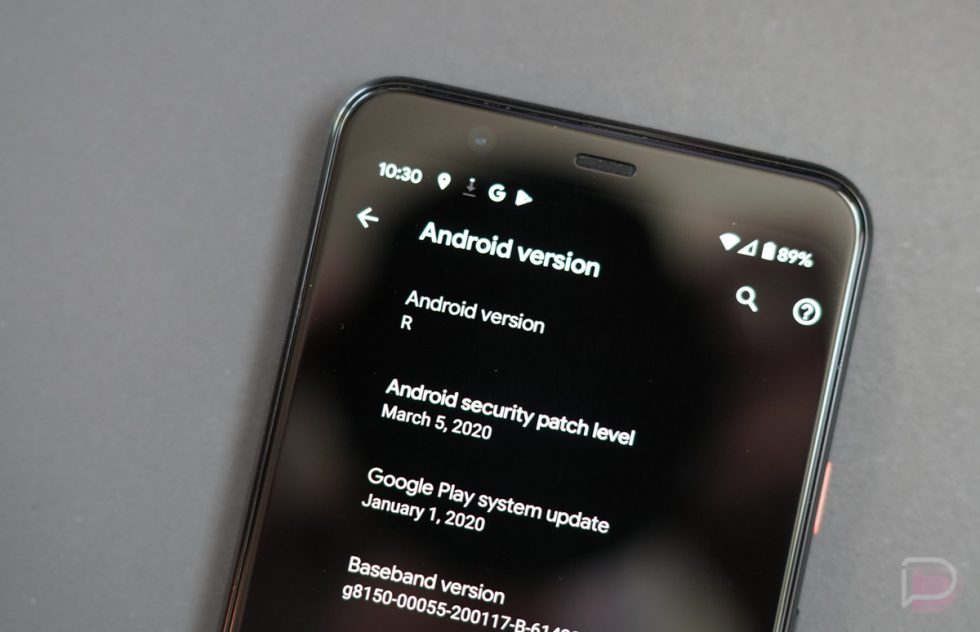
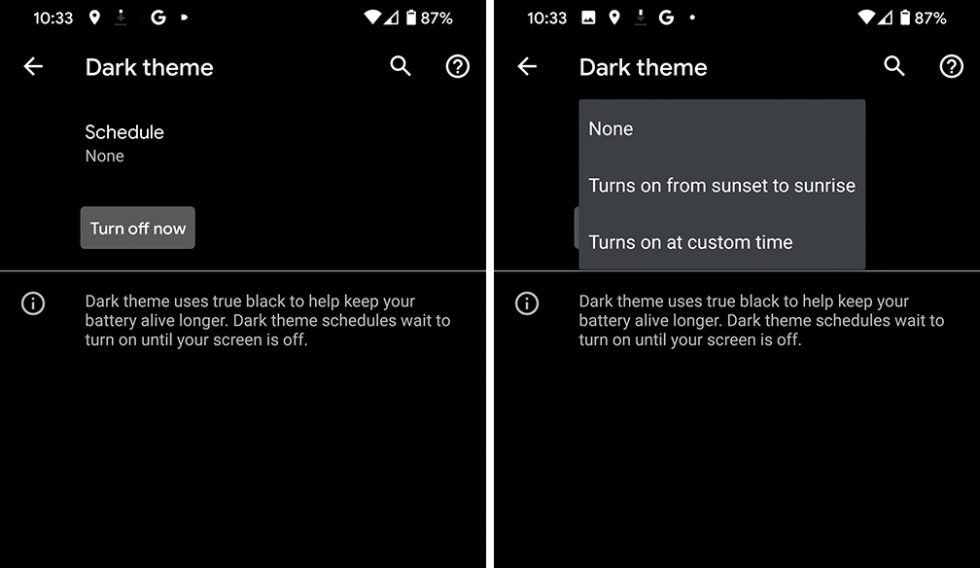
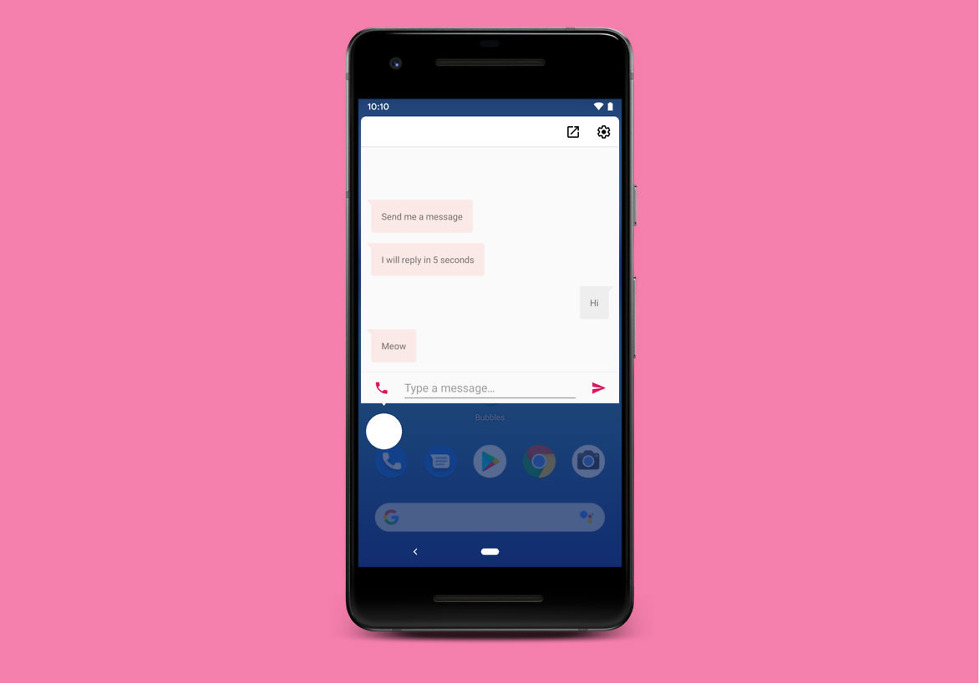
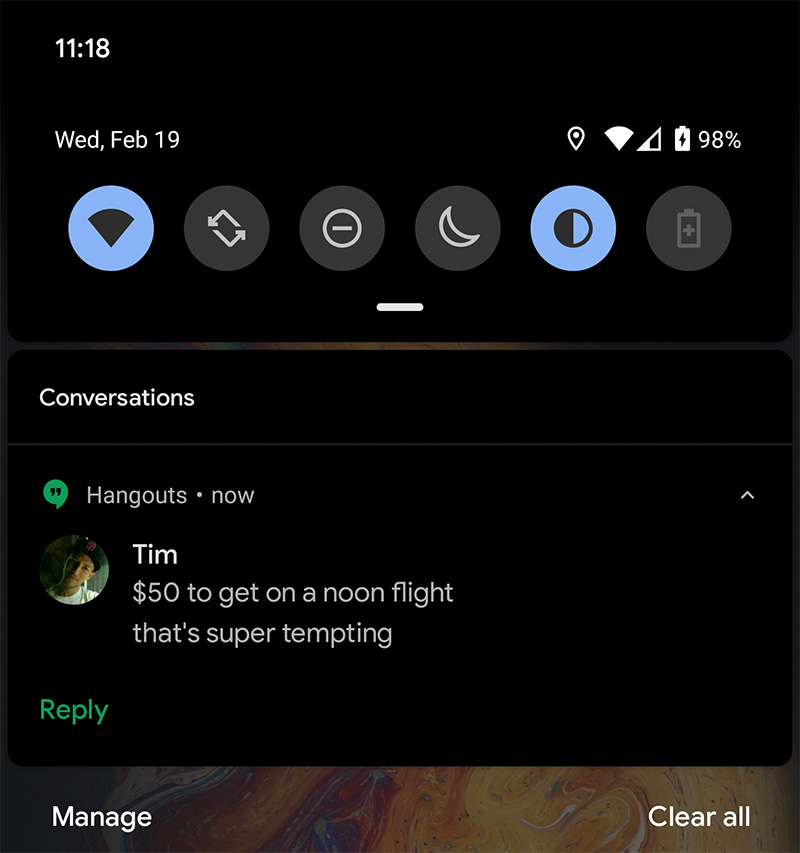
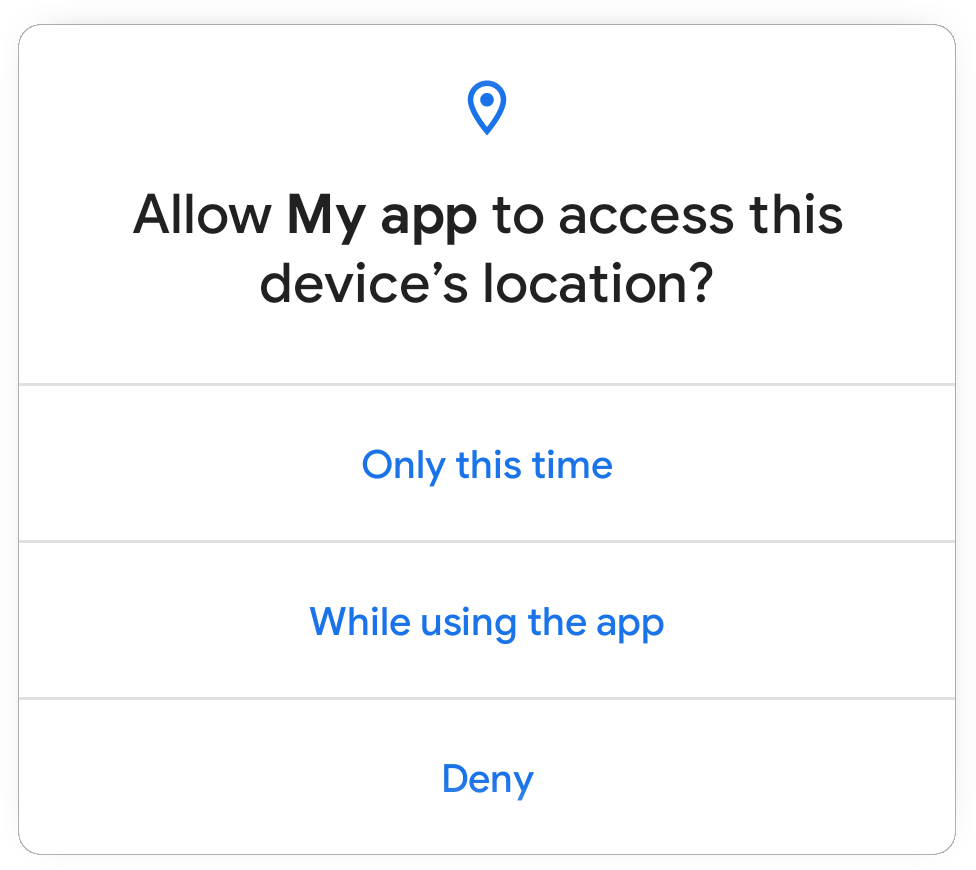
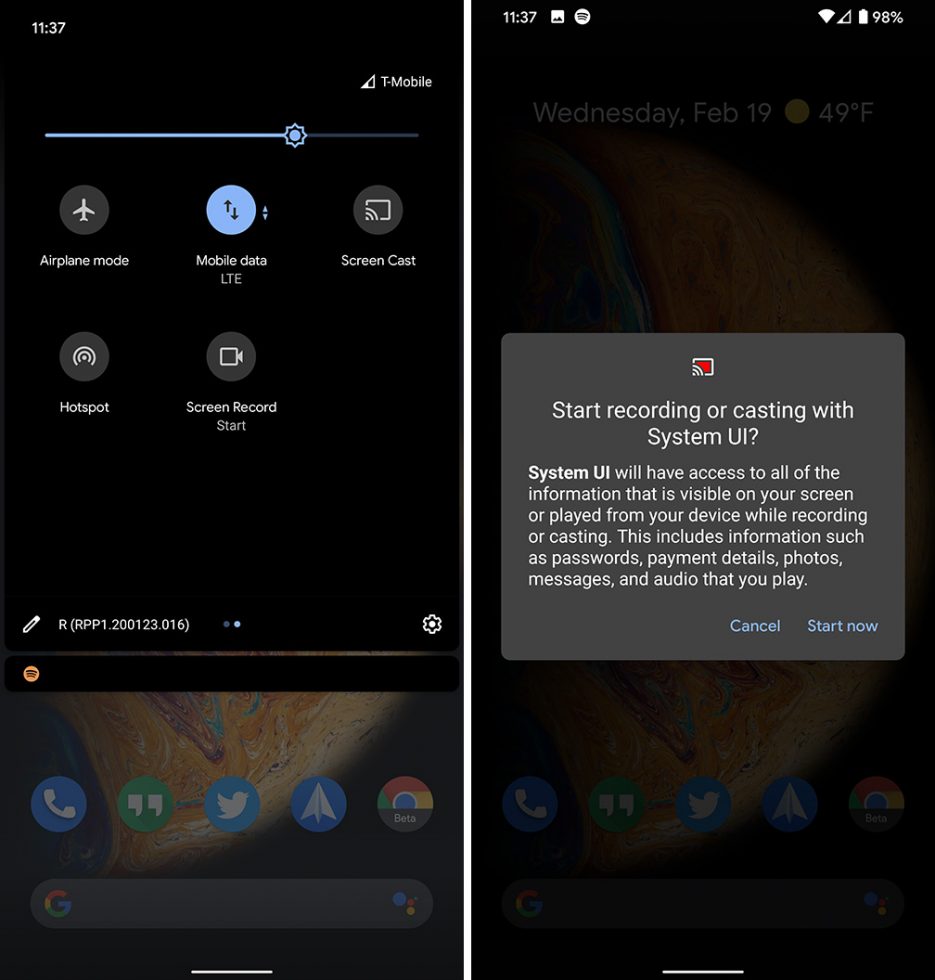
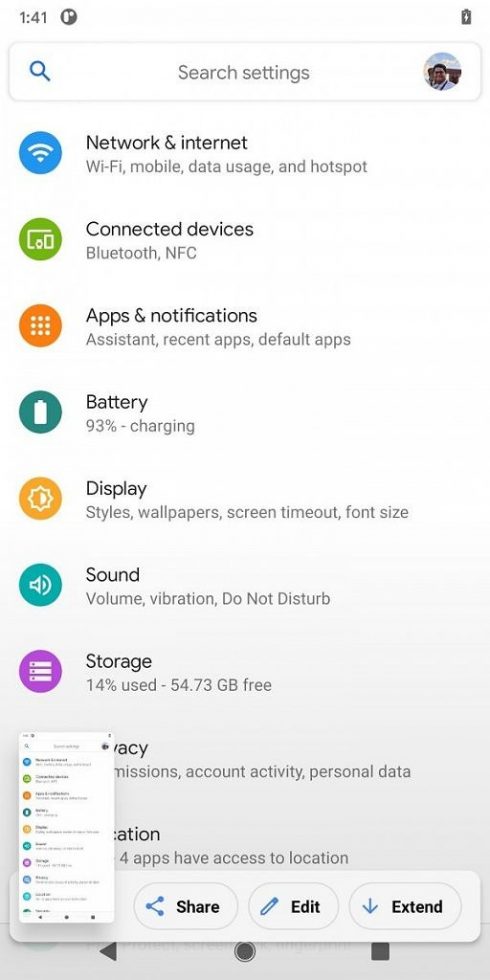
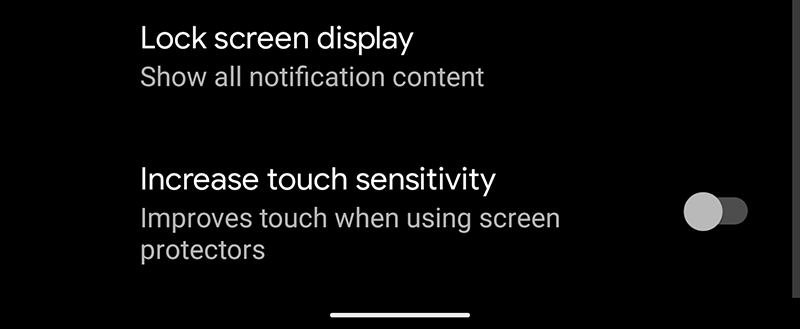
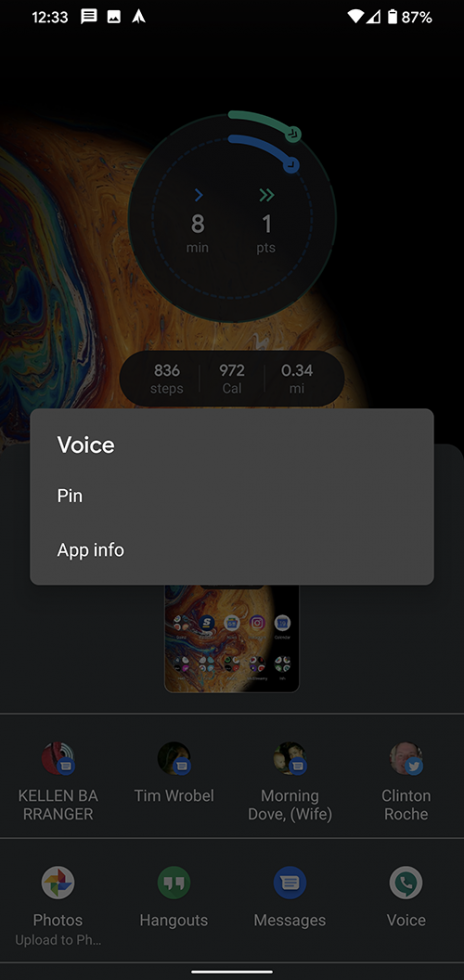

Collapse Show Comments